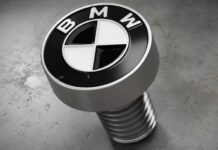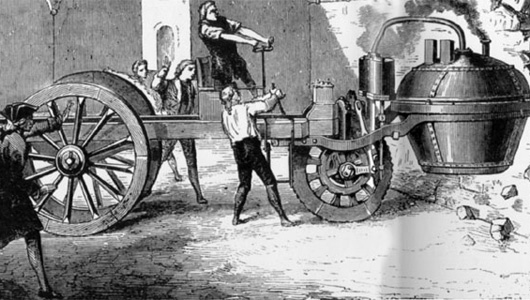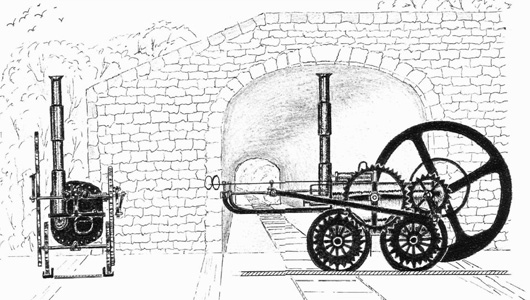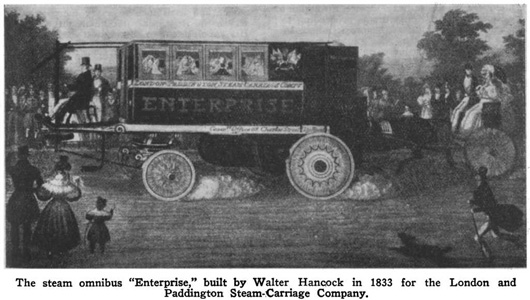When it comes to the history of cars, people often mention the milestone year 1885 and the German engineer Carl Benz. But in reality, getting a 4-wheeled gasoline-powered car involved a long process before that.
Part 1: The beginning
Origins of harnessing energy
From the time of living in caves to the invention of atomic energy, humans have gradually mastered energy over the course of 500 centuries. With imagination and skill, humans have come up with many ways to reduce labor.
Starting with primitive tools, humans found ways to make fire, sow seeds, raise livestock, forge metal, use the strength of animals, then wind and water power, but it was only with the invention of steam engines that humans truly had a new tool.
Thanks to steam engines, workshops were gradually established and the successful technological revolution. In addition, the progress of science, especially in the field of electrical engineering and automobiles, has changed the face of society.
Cugnot’s Gun Carriage
The car is the accumulation of many patents, a synthesis of many scientific and technical innovations. It was born in Europe by the French and Germans, named by the Paris Academy of Science, but it flourished in the United States.
Nicolas Joseph Cugnot invented a large gun carriage
In 1769, Major artilleryman Nicolas Joseph Cugnot invented a self-propelled vehicle intended for towing large guns. This vehicle had 3 wheels and a steam engine located behind the single wheel.
Cugnot’s vehicle ran at a speed of 5 km/h, but the car control was very difficult and after a distance of 100 steps, the car had to stop to “take steam”. In 1770, on the second test run, the car ran off the road and crashed into a stone wall.
Richard Trevithick’s Car
When the principle of steam engines was applied to pumps and some other machinery, Richard Trevithick Junior, an Englishman, built a car that used both machinery and steam. At that time, the car could run but it was different from today’s cars.
On Christmas Eve 1801, Trevithick took the car out for a test drive in front of a crowd of friends. The experiment went very well and the brakeless car stopped in front of an elegant restaurant because it “ran out of steam”. It was lucky! But the “driver” Trevithick forgot to turn off the fire, so the steam-de pot (a part of the steam engine used to boil water and generate steam for the engine) ran dry, turned red hot and, in an instant, the “car” turned into ashes.
Steam-Powered Horse Carriage
From 1820, many engineers tried to install steam engines into classic horse-drawn carriages, but only W. H. James succeeded in 1829 with a functional transport carriage.
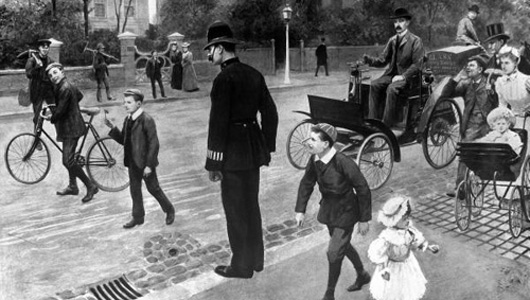 Steam-powered horse carriage on European streets
Steam-powered horse carriage on European streets
Like the first steam-powered horse-drawn carriages, James’ carriage was very cumbersome, weighing 3 tons and accommodating 15 passengers. The carriage was divided into 3 sections, the driver sat on a high seat at the front of the carriage, the passengers sat in the middle, and the steam-de pot and the stoker sat at the back.
James used a cylindrical steam-de pot, with steam pressure pushing into horizontally placed cylinders, and these cylinders rotated the wheels at the rear. James’ car ran a few trips but after each use, it had to be taken for repairs.
Walter Hancock and the carriages
Another British person who thought of cars was Walter Hancock. In 1836, Hancock built 9 horse-drawn carriages and fitted them with small steam engines.
Hancock’s carriages also had the driver sitting at the front and the stoker sitting at the back, but Hancock removed the smokestack and streamlined the machinery, so the carriages resembled today’s buses.
With this “car”, Hancock established the “London and Paddington Steam Carriage” Company in London, and the company had scheduled runs.
“Steam Car” – Steam-Powered Car
Hancock’s success led to the establishment of many car companies and many cars running on different roads. However, most of the cars at that time were built with limited knowledge of steam engines.
The cars at that time looked like circus wagons, they ran noisily among horse-drawn carriages. Many cars exploded due to excessive steam pressure. Driving a car was really difficult, along with the smoke from the cars, discomfort, and danger, people gradually lost their affection.
The Red Flag Act in England
In England, people placed obstacles on the road to overturn cars. The obstacles caused by cars, along with the influence of large landowners, of employees controlling many long-distance fire companies… prompted the British Parliament to vote in 1865 to approve the “Red Flag Act”.
 Cars and the “Red Flag Act” in England
Cars and the “Red Flag Act” in England
According to this act, motor vehicles running on highways were required to have a person running in front waving a red flag during the day, or holding a red light at night. The speed of the vehicle was also limited to 6 km/h when passing through the countryside and 3 km/h when passing through villages and cities.
Until 1878 in England, the red flag was abolished, but there still had to be a person running in front of cars. This event prevented the car industry in England from making progress until 1895, when the British Parliament amended the above-mentioned Red Flag Act.
In England, cars were forced to stop developing, so later reforms were only carried out in France, Germany, and the United States.
To be continued…
Thế Đạt compiled (TTTĐ)




